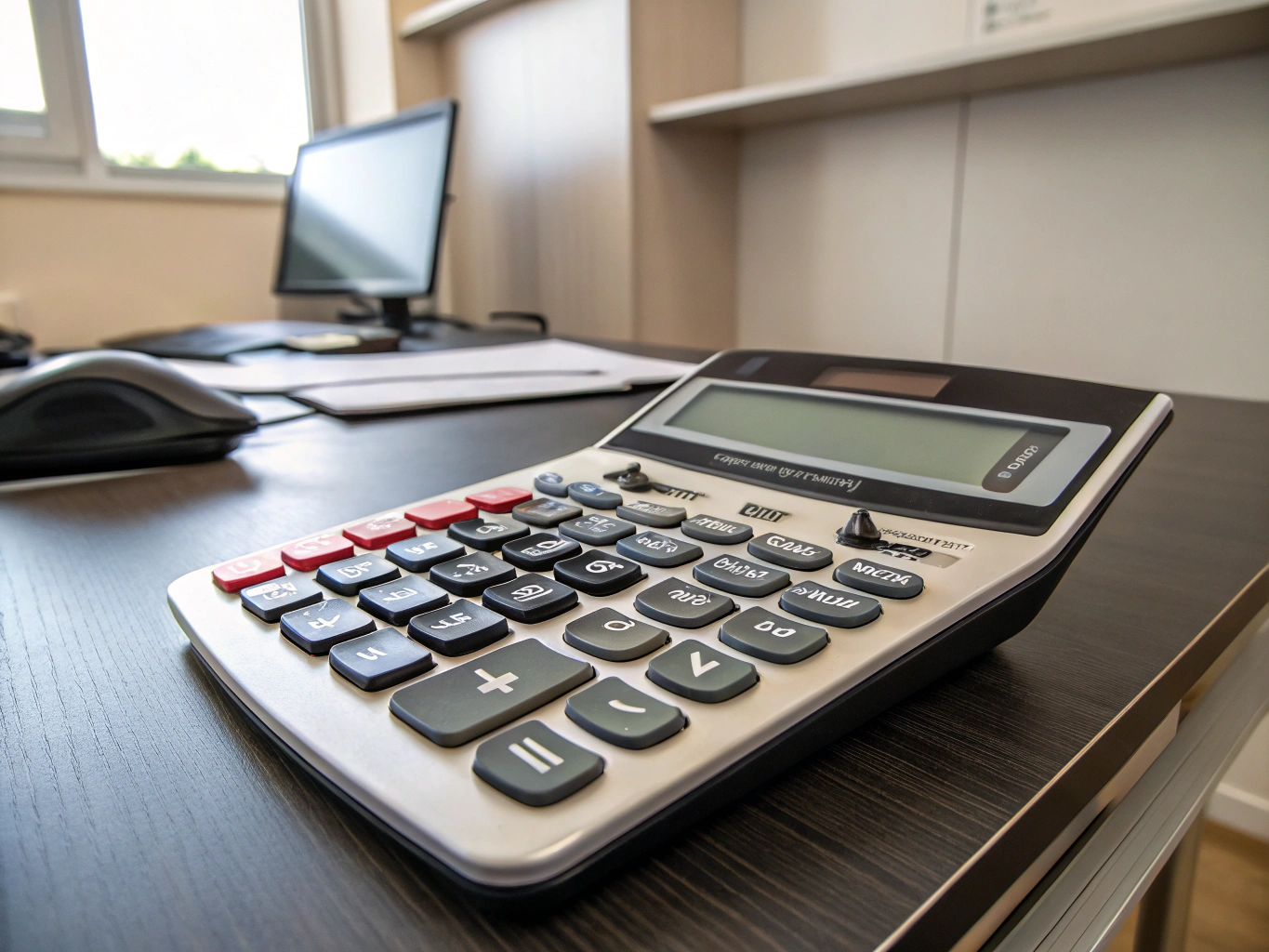How to Use a Therapy Productivity Calculator to Save Time
Are you a therapist drowning in paperwork instead of focusing on your clients? A therapy productivity calculator might be the game-changer you need. I've seen countless therapists transform their practice efficiency with this simple tool.
Time is your most valuable asset in a therapy practice. Every minute spent on administrative tasks is a minute you could be helping clients or, honestly, taking care of yourself.
What is a Therapy Productivity Calculator?
A therapy productivity calculator is a specialized tool that helps therapists track, measure, and optimize their time usage across different activities. Unlike general productivity tools, these are specifically designed for therapy workflows.
The calculator typically tracks:
- Direct client hours
- Documentation time
- Administrative tasks
- Billing procedures
- Consultation hours
- Supervision time
By entering your time data, the calculator provides insights about where your hours go and highlights opportunities to improve efficiency.
Why Therapists Need Productivity Tools
The mental health field faces unique challenges:
- High documentation requirements
- Complex billing procedures
- Strict regulatory compliance
- Emotional investment in each session
These factors make therapist productivity tools essential. Without proper therapy time management, burnout becomes almost inevitable.

How to Implement a Therapy Productivity Calculator
Step 1: Choose the Right Calculator
Select a calculator that matches your practice type. Different specialties have different needs:
- Solo practitioners need simplicity
- Group practices need team metrics
- Hospital-based therapists need integration with medical systems
Look for tools with therapy-specific features like CPT code tracking and documentation timers.
Step 2: Establish Your Baseline
Before making changes, understand where you currently stand:
- Track all your activities for two weeks
- Be honest about time spent on each task
- Document everything—even small administrative tasks
This baseline will reveal your initial productivity levels and help identify problem areas.
Step 3: Set Realistic Targets
Using productivity calculator for therapists effectively means setting achievable goals:
- Industry standards suggest 60-70% direct client hours
- Documentation should take 10-15 minutes per session
- Administrative tasks should be under 20% of total time
Customize these targets based on your specialty and practice model.
Practical Tips to Improve Therapist Efficiency
Once you're tracking with your calculator, implement these therapy productivity tips:
-
Batch similar tasks together
Schedule all documentation for specific blocks rather than between sessions. -
Create templates for common notes
Develop standardized templates for recurring documentation types while maintaining personalization. -
Implement the 5-minute rule
If a task takes less than 5 minutes, do it immediately instead of adding it to your to-do list. -
Schedule buffer time between clients
Allow 10-15 minutes between sessions for notes and mental transitions.
For more advanced productivity approaches, check out the
>AI for Productivity eBook + Checklist: Supercharge Your Efficiency in 2181, which provides cutting-edge strategies to automate routine tasks.
Common Productivity Blockers for Therapists
Be aware of these common efficiency killers:
-
Perfectionism in documentation
Notes need to be clinically sound and compliant, not perfect. -
Inadequate technology
Outdated systems significantly slow down workflows. -
Poor session boundaries
Sessions that consistently run over create cascading delays. -
Task switching
Jumping between different types of work reduces overall productivity.
If you struggle with focus issues while implementing these systems, the
>ADHD Productivity Power Pack: Ebooks, Guides, Checklists, Workbook & Tools to Master Focus, Time Management & Organization offers specialized strategies even for those without ADHD diagnoses.
Advanced Strategies to Save Time in Therapy Practice
Once you've mastered the basics, implement these advanced techniques:
Leverage Technology Integration
Connect your productivity calculator with:
- Electronic health records
- Billing systems
- Scheduling software
- Client portal
This integration eliminates duplicate data entry and reduces errors.
Implement Progressive Note Taking
Take brief notes during sessions rather than starting from scratch afterward. Use shorthand systems that balance client engagement with documentation needs.
Create Process Workflows
Map out common clinical and administrative processes to identify redundancies. Standardize workflows for intake, assessment, treatment planning, and termination.
Delegate Appropriately
Identify tasks that don't require your clinical expertise and consider:
- Virtual assistants for scheduling
- Billing specialists for insurance claims
- Tech support for systems management
Measuring Success With Your Calculator
Consistently track these key performance indicators:
-
Billable hours ratio
What percentage of your working hours generates revenue? -
Documentation efficiency
Average time spent on notes per session. -
Administrative burden
Percentage of time spent on non-clinical tasks. -
Revenue per hour
Total revenue divided by total working hours.
Compare your metrics against your baseline and industry benchmarks. Make data-driven decisions to further optimize your practice.
Creating a Sustainable Productivity System
The most effective productivity systems balance efficiency with sustainability:
- Schedule regular breaks
- Build in administrative time blocks
- Allow for professional development
- Create boundaries between work and personal time
Remember, productivity isn't about working more—it's about accomplishing more meaningful work within reasonable hours.
FAQ About Therapy Productivity Calculators
Q: How much does a therapy productivity calculator cost?
A: Prices range from free spreadsheet templates to premium software ($20-200/month). The investment typically pays for itself in saved time and increased billable hours.
Q: Can productivity calculators integrate with my EHR?
A: Many modern calculators offer API integration with popular EHR systems. Check compatibility before purchasing.
Q: How long does it take to see results from using a productivity calculator?
A: Most therapists report noticeable improvements within 3-4 weeks of consistent use.
Q: Are these calculators HIPAA compliant?
A: Not all are. Look specifically for calculators that advertise HIPAA compliance and offer Business Associate Agreements.
Q: Can group practices use the same calculator for all therapists?
A: Yes, most professional solutions offer team settings with individual therapist profiles and aggregated practice data.
Starting Your Productivity Journey
Begin with these simple steps:
- Research calculators specific to your practice type
- Start with a 30-day trial of your chosen tool
- Commit to daily tracking for accurate data
- Review weekly reports and identify one area for improvement
- Implement changes and measure results
For more comprehensive productivity resources, check out our productivity template guide and desk productivity tools.
A good therapy productivity calculator doesn't just save time—it transforms how you practice. By focusing on efficiency, you create more space for what matters: providing quality care to your clients while maintaining your own wellbeing.
Start using a therapy productivity calculator today and reclaim your time.

